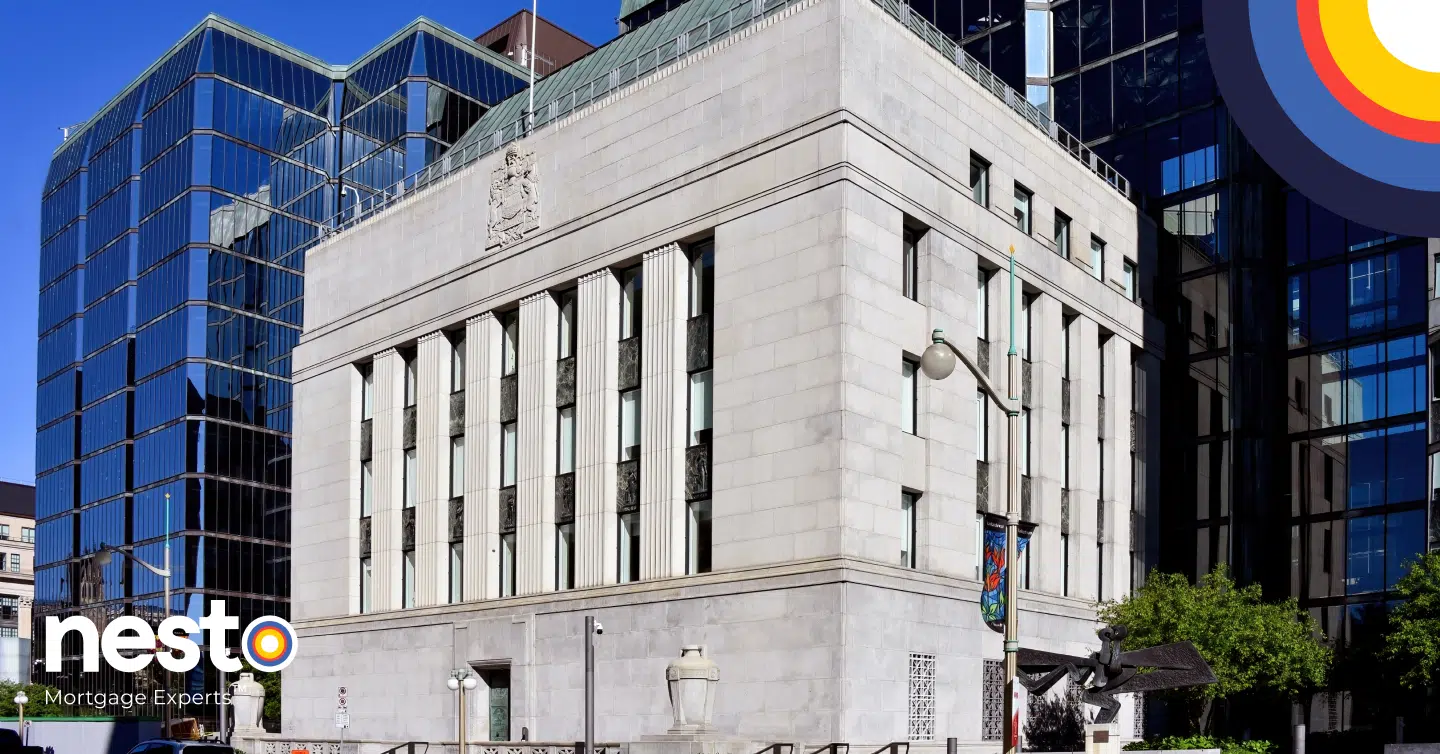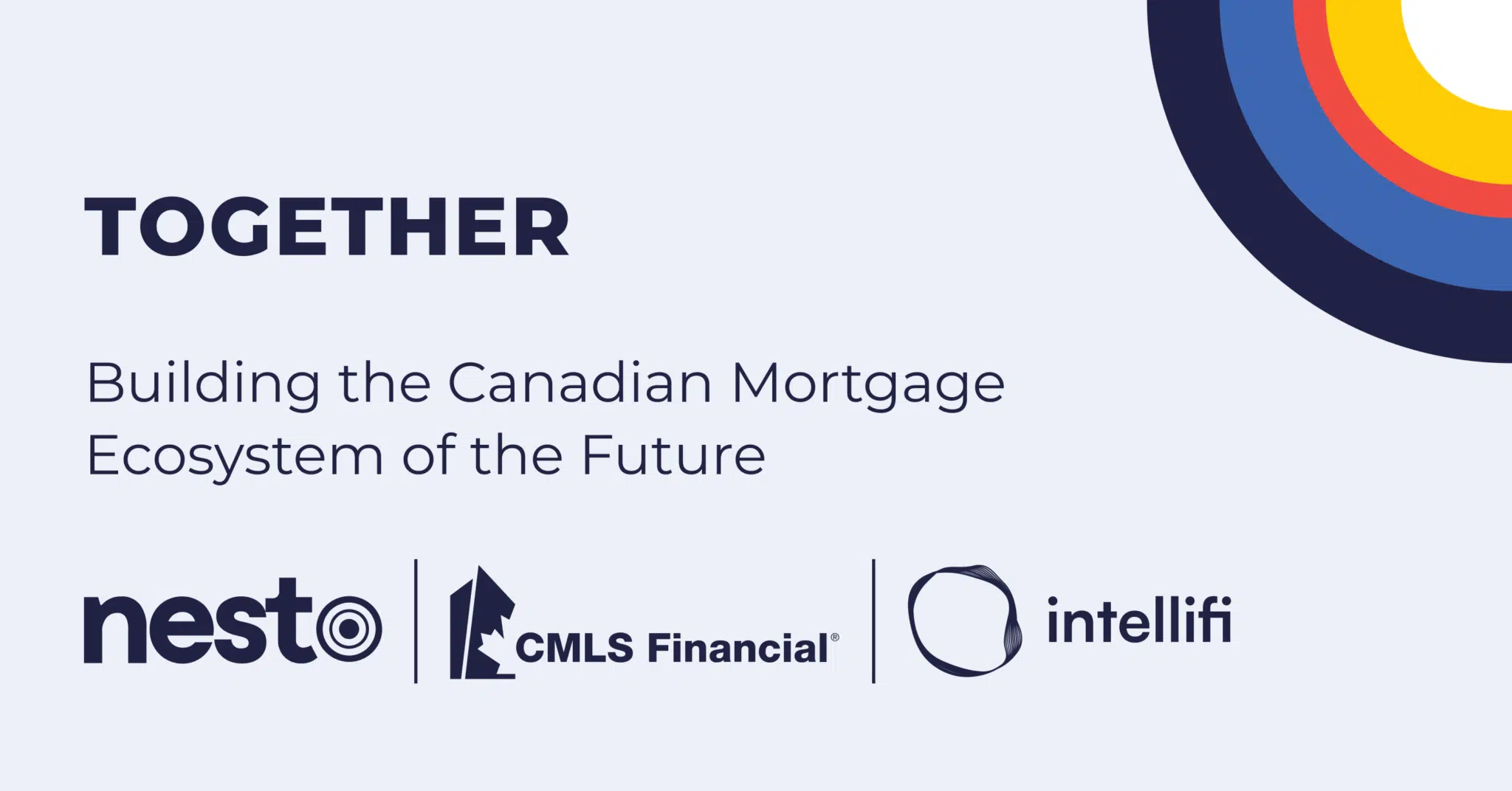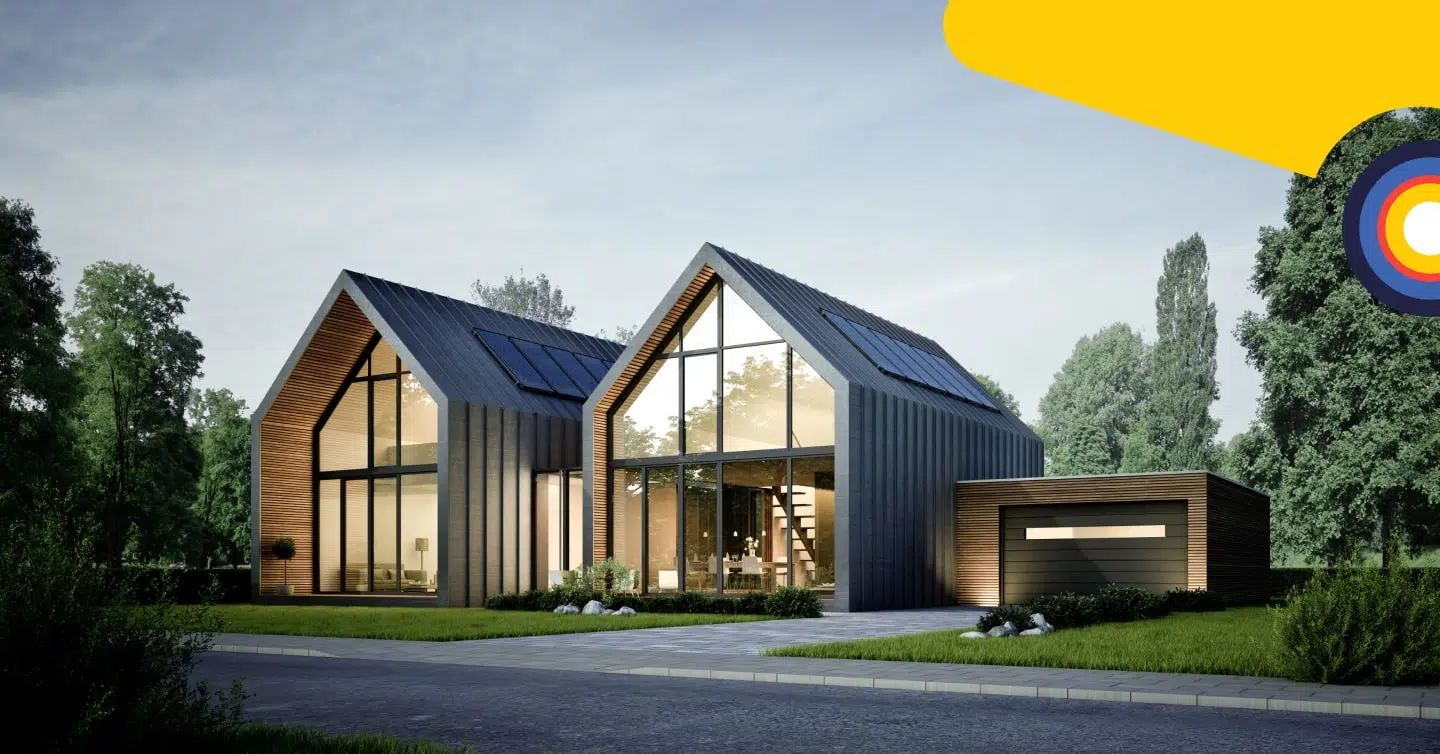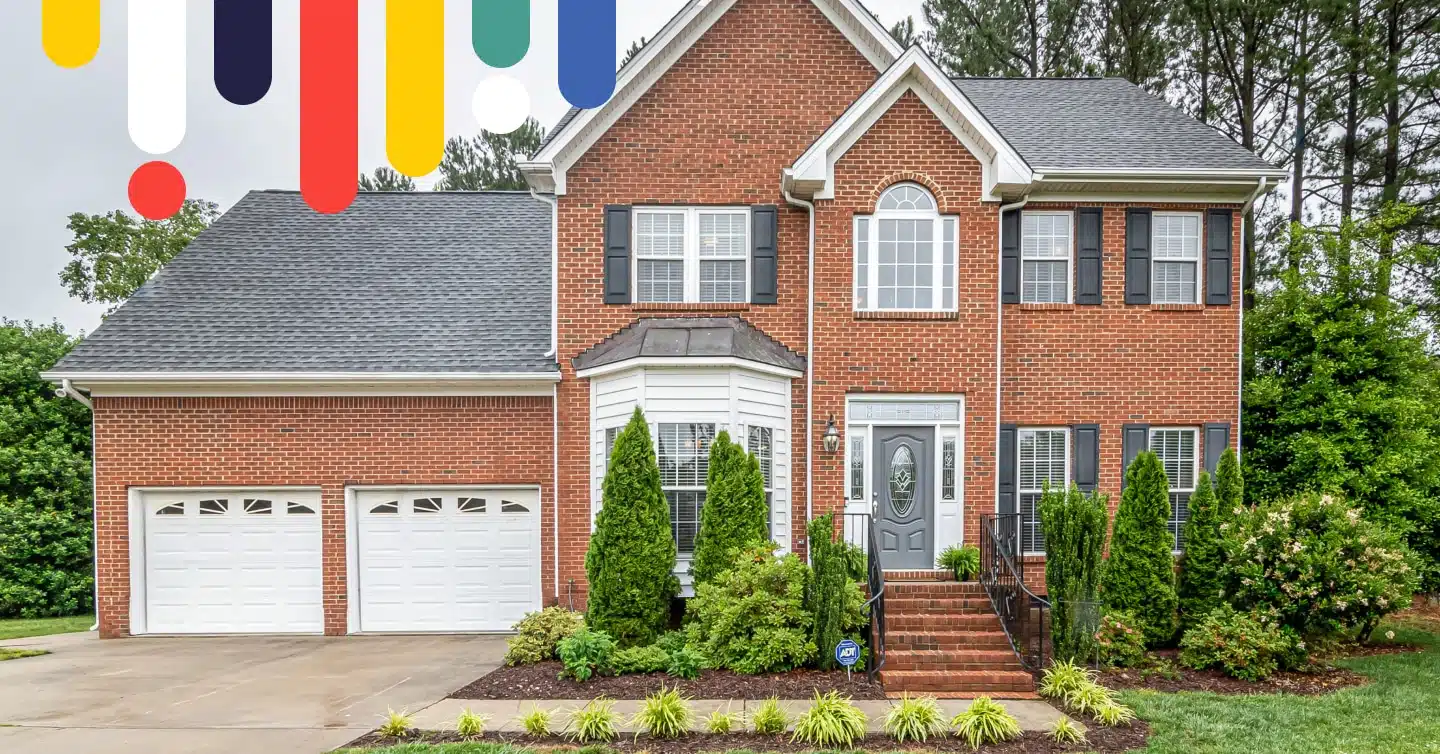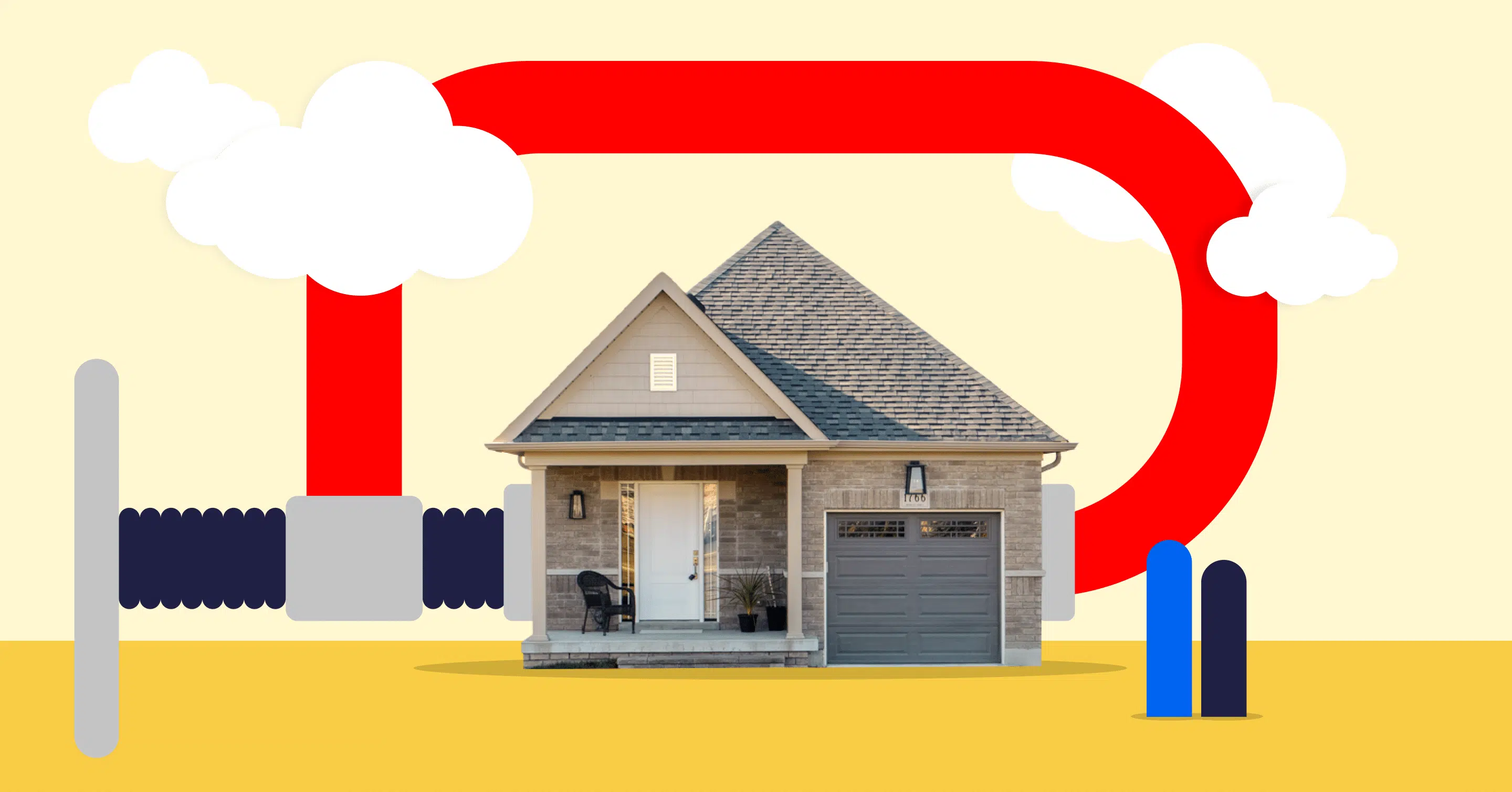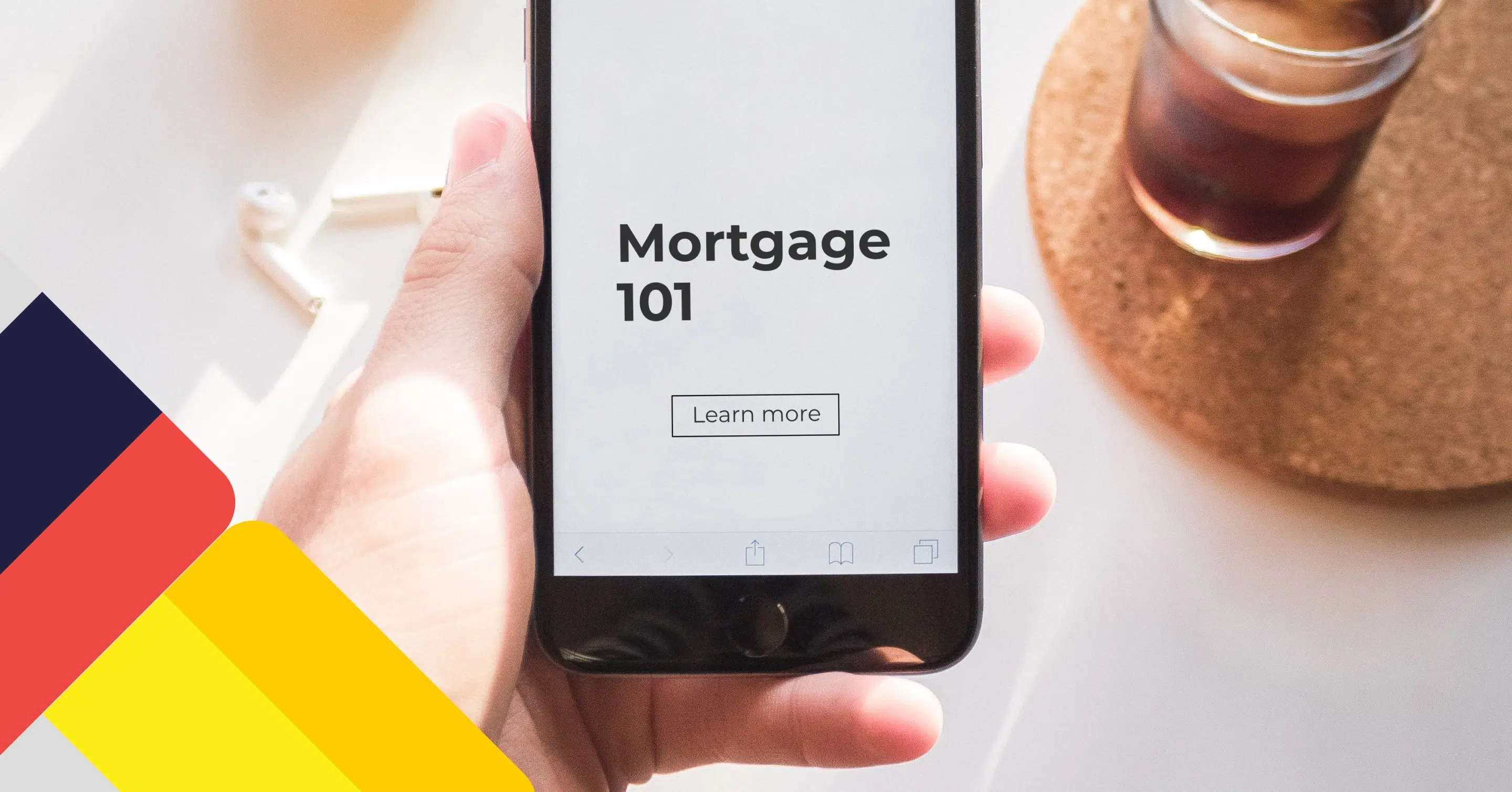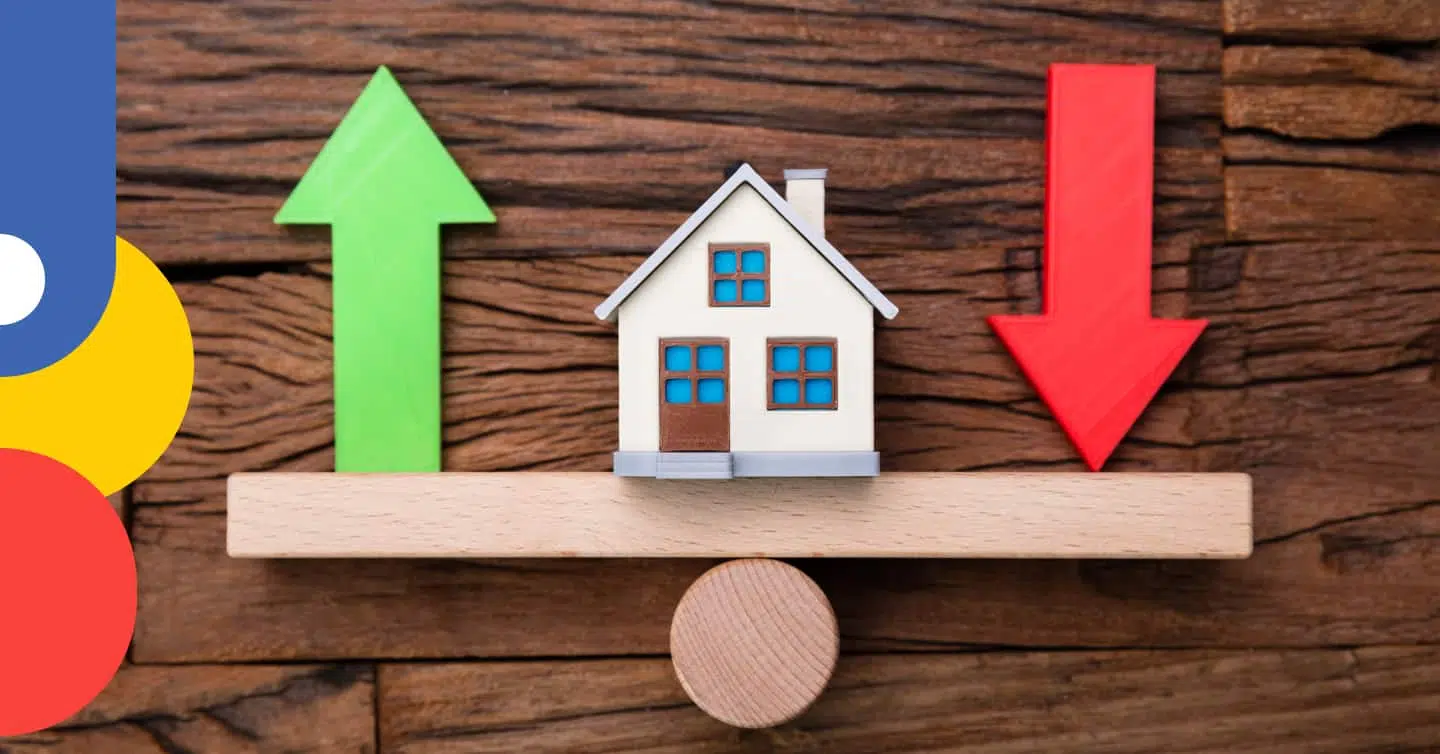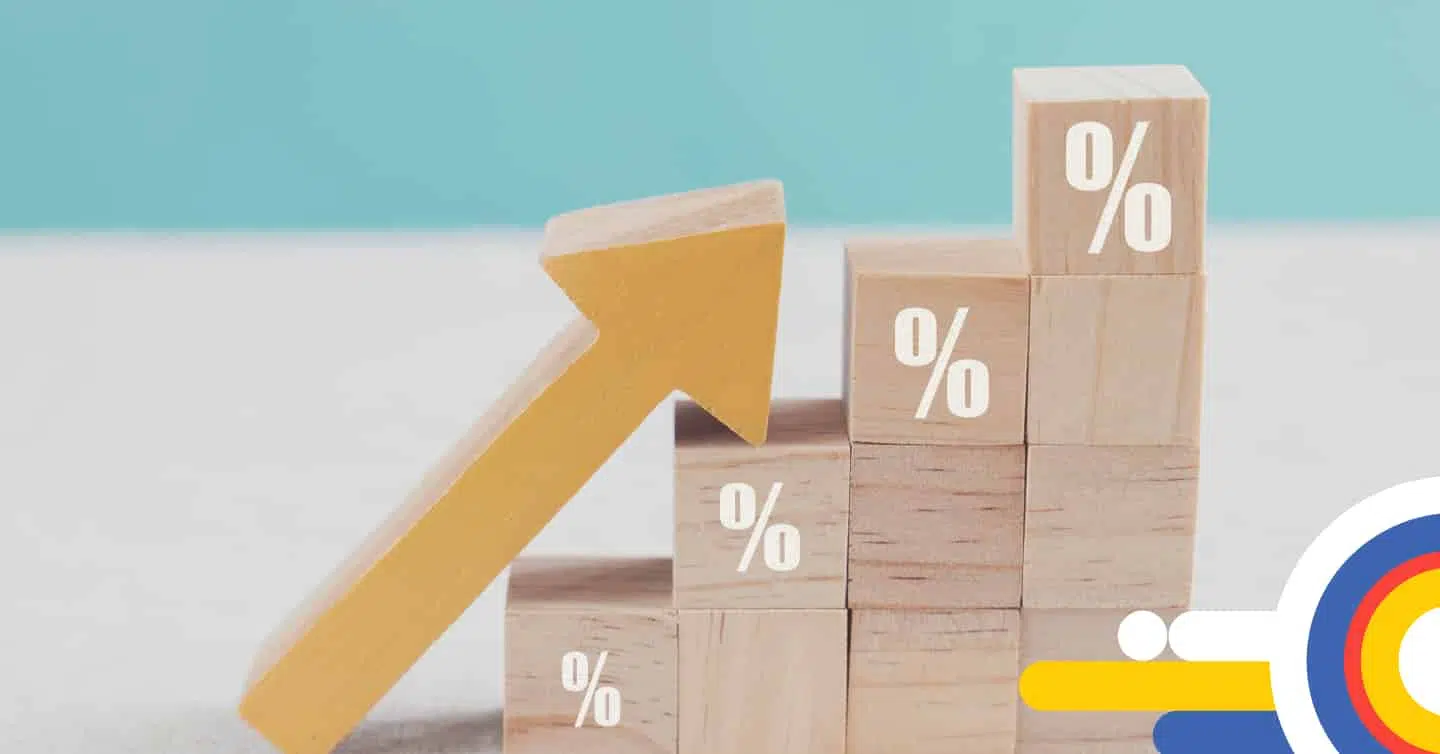Mortgage Payment Calculator Manitoba
Calculating Your Mortgage Payment in Manitoba
Like many other more affordable provinces, Manitoba is seeing a growing trend of new residents seeking affordable housing. Homes in the province are well below the national average, attracting those priced out of the housing markets in Ontario and British Columbia. nesto’s Manitoba mortgage calculator is an excellent tool for potential and current homeowners to understand the costs of purchasing, renewing, or refinancing a home. Calculating your mortgage payment in Manitoba can help you compare how your downpayment, interest rate, and amortization affect your total mortgage costs.
Our mortgage payment calculator for Manitoba can help you estimate mortgage payments based on the total mortgage amount, mortgage term, amortization, interest rate, and payment frequency. If you plan to put down less than 20% as a downpayment, the calculator will also factor in the mortgage default insurance you will pay. Adjusting these variables lets you see how various changes impact your mortgage payments and total interest costs.
Costs Included In Your Mortgage Payment
Your mortgage payments are primarily composed of principal and interest. You may also include mortgage default insurance (if applicable) and property taxes in your payments.
- Mortgage principal is the amount borrowed from the lender. This amount is typically the purchase price (or assessed property value if lower) minus your downpayment when purchasing a home. For renewals, the principal is the amount remaining at the end of your term after making regular payments. For refinances, it could be your remaining principal amount or any additional equity you wish to take out from your property’s value to consolidate debts, payout multiple mortgages, payout lines of credit, or use the money for investments or other purposes.
- Mortgage interest is the fee charged by the lender. This fee is the cost of borrowing expressed as a percentage and calculated based on the principal amount.
- Mortgage default insurance (CMHC) protects the lender if you default on your mortgage. Default insurance is required if your downpayment is less than 20%. The premium you pay for mortgage default insurance can be added to your principal balance and paid down as you make mortgage payments or paid upfront as a lump sum at closing as part of your closing costs.
- Municipal property taxes are the taxes you pay to your municipality to fund services such as libraries, garbage pickup, snow removal, recreational facilities, and emergency services. Some lenders will collect and remit property taxes on your behalf and include this amount as part of your regular mortgage payments if your mortgage is default-insured. Some lenders may offer this service as an option on your uninsured mortgage.
How to Calculate Your Mortgage Payments
To calculate your mortgage payments, you’ll need to have some details of your home purchase, renewal, or refinance ready.
New Purchase
For a new purchase, you will need to have the asking price or assessed property value, downpayment, amortization, and payment frequency. Depending on your downpayment, the calculator will also show you if mortgage default insurance is required and the cost of the premium.
Required inputs:
- Asking Price: Enter the purchase price or the assessed value if it is lower.
- Downpayment: Enter the amount or percentage you have saved to put down on the home.
- Amortization Period: Enter the length of time you want to pay off your mortgage completely. Typically, this is 25 or 30 years, depending on the downpayment amount. Note that a longer amortization will mean you pay more interest-carrying costs over the life of the mortgage.
- Payment Frequency: Enter how many times per month you want to make mortgage payments. Note: choosing accelerated payment options can reduce the time it takes to pay off the mortgage and save you money on interest.
Optional inputs:
- Mortgage Rate: You can use the pre-selected rate or enter the rate you’ve been offered. Multiple factors determine your preselected rate, such as your transaction type (purchase/renewal/refinance) and loan-to-value (LTV) ratio.
- Annual Property Taxes: Enter the annual property taxes for the property. This is useful for budgeting purposes.
- Monthly Condo/Maintenance Fees: You can add the monthly maintenance fee if you purchase a condo. This is useful for budgeting purposes, although it will need to be confirmed and verified at the time of qualification.
Renewal/Refinance
For a refinance, select the option that applies to your situation (I want to lower my mortgage payment, access my equity, or change my amortization) and input the current property value, mortgage balance, remaining amortization, and payment frequency. For renewals, input the current property value, mortgage balance, remaining amortization, and payment frequency.
Required inputs:
- Current Property Value: Enter your home’s current or assessed value.
- Mortgage Balance: Enter the remaining balance on your mortgage (for refinances only: your remaining balance should include any additional amount for your equity takeout if applicable).
- Province: Enter the province where the property is located.
- Remaining Amortization: Enter the remaining time on your mortgage. If you are refinancing, you can also increase your amortization back to 25 or 30 years without impacting your mortgage rate.
- Payment Frequency: Enter how many times per month you want to make mortgage payments. Note: choosing accelerated payment options can reduce the time it takes to pay off the mortgage and save you money on interest.
Optional inputs:
- Mortgage Rate: You can use the pre-selected rate or enter the rate you’ve been offered. Multiple factors determine your preselected rate, such as your transaction type (purchase/renewal/refinance) and loan-to-value (LTV) ratio.
Fixed vs Variable: What to Know When Calculating
When choosing a new mortgage or refinancing/renewing, you will need to decide between a fixed or variable interest rate for the mortgage term.
Fixed-rate mortgages have an interest rate and principal amount that remain fixed for the entire term. This means that you will pay the same amount for your mortgage payments for the duration of your term, regardless of any changes to interest rates.
Variable mortgages can be variable-rate mortgages (VRM) or adjustable-rate mortgages (ARM).
With a VRM, mortgage payments are fixed for the duration of the term. However, the portion that goes toward the principal and interest will fluctuate with changes in interest rates. If rates go up, more of your fixed payment will go toward interest and less to principal, with the opposite being true if rates go down.
With an ARM mortgage, payments will change with interest rates. The principal portion of your mortgage payment remains fixed throughout the term, but the interest portion will either increase or decrease when your lender’s prime rate increases or decreases.
How to Reduce Your Monthly Payment in Manitoba
You can use many strategies to lower your mortgage payments in Manitoba. Some strategies you can utilize include:
Shop for the Lowest Rate
A lower interest rate can help you save thousands on your mortgage’s interest-carrying costs and reduce your mortgage payments. Since interest is one component of your total mortgage amount, a lower interest rate will mean lower monthly payments.
When you first begin paying a mortgage, more payments will go toward the interest and less toward the principal. As you continue to pay down your mortgage principal, the interest will reduce, and eventually, you will pay more toward the principal and less toward the interest.
Negotiating with your lender for a lower rate or switching lenders for a better rate can help you save money on interest-carrying costs over your next term when renewing or refinancing. Even a slight reduction in the interest rate can significantly impact interest costs.
For example, a $500,000 mortgage renewed at 4.94% will have a monthly mortgage payment of approximately $3,269, and you will pay approximately $113,000 in interest over a 5-year term. Meanwhile, that same mortgage renewed with an interest rate of 4.74% will have a monthly mortgage payment of approximately $3,216, and you will pay approximately $108,000 in interest over a 5-year term. A 0.20% reduction in the interest rate offered in this scenario saves you approximately $53 a month in mortgage payments and $5,000 in interest over a 5-year term.
Increase Downpayment
The more you put down as your downpayment, the less you will need to borrow, reducing the amount you will pay for mortgage payments. Putting down less than 20% will require purchasing mortgage default insurance. This premium can be added to your mortgage principal balance if not paid upfront at closing. However, this will increase the amount you owe to the lender and the amount you need to pay for mortgage payments.
Utilize Prepayment Options
Prepayment privileges allow you to make extra payments, annually increase your regular payments or put a lump sum amount directly toward the principal balance of your mortgage. Using your prepayment options reduces the principal amount you owe, lowering your mortgage payments and reducing the time it takes to pay off your mortgage. Many prepayment options are available and vary by lender, so it’s important to check your mortgage contract or with your lender for any restrictions so you can avoid prepayment penalties.
Longer Amortization
Choosing a longer amortization will spread your payments out over a longer period of time, reducing the amount you will pay each month. This option, however, will come at a more significant interest cost as you will pay interest on the borrowed amount for a longer period.
Refinance
Refinancing could help you secure a lower interest rate or extend your amortization, which will lower your mortgage payments. A lower interest rate will help you lower payments and save on interest costs. Extending your amortization will lower payments but with higher interest costs over the life of the mortgage.
Regional Considerations When Buying a Home in Manitoba
Land Transfer Tax
Manitoba has a land transfer tax based on the property’s fair market value. A registration fee is also applicable upon registration of the title.
Learn more with nesto’s Manitoba Land Transfer Calculator
Affordable Homes Program
Manitoba Housing has two programs in select rural communities that allow tenants to purchase the single detached home they are currently renting or a vacant home or qualifying applicants to purchase a vacant home from Manitoba Housing. They also provide downpayment assistance for qualified applicants. Additional assistance is also available for qualified applicants in the form of 2 grants that help cover legal fees and other costs and assist with moving costs. Manitoba Housing will also cover the land transfer tax and fees.
First Time Home Purchase Program
The Manitoba Métis Federation has a housing program that provides funding in the form of a grant for first-time home buyers. Funding is available to assist with the downpayment and closing costs of a home for those who meet the eligibility criteria and are Métis citizens in Manitoba.
Frequently Asked Questions
What is a Mortgage Calculator?
A mortgage calculator is an online tool that helps homebuyers and homeowners estimate mortgage payments. It considers various factors, such as the home price, downpayment, term length, amortization, interest rate, and, in some cases, if applicable, additional costs of homeownership, such as property taxes and condo fees.
How Do I Use a Mortgage Calculator for Manitoba?
To use a Manitoba mortgage calculator for your home purchase, enter the home’s purchase price, downpayment amount or percentage, amortization, payment frequency, and preferred term length to get a predetermined interest rate. If you already have a rate, you can input that rate into the custom interest rate field to calculate mortgage payments. You may also choose to include property taxes and condo fees to give you a more accurate estimate of the total costs you will incur.
How much would a $300,000 mortgage be per month in Manitoba?
The monthly mortgage payment on a $300,000 mortgage depends on your interest rate and the amortization. The monthly mortgage payments on your $300,000 mortgage may differ from those on other $300,000 mortgages.
For example, you would pay approximately $2,198 monthly for a $300,000 mortgage with a 4.84% interest rate and a 30-year amortization. With a 25-year amortization, that same mortgage will have a monthly payment of approximately $2,343. Using that same mortgage but with a 5.14% interest rate, your monthly payment with a 30-year amortization would be $2,251 and $2,394 with a 25-year amortization.
What is amortization, and how does it affect my mortgage payments?
Amortization is the time it takes to pay a mortgage in full. In Canada, the maximum amortization for default-insured mortgages is 25 years or up to 30 years for uninsured mortgages. A longer amortization means lower mortgage payments, but you will pay more interest over the life of the mortgage and be paying off your mortgage longer than if you choose a shorter amortization.
Why Choose nesto
At nesto, our commission-free mortgage experts, certified in multiple provinces, provide exceptional advice and service that exceeds industry standards. Our mortgage experts are non-commissioned, salaried employees who provide impartial guidance on mortgage options tailored to your needs and are evaluated based on client satisfaction and advice quality. nesto aims to transform the mortgage industry by providing honest advice and competitive rates using a 100% fully digital, transparent, seamless process.
nesto is on a mission to offer a positive, empowering and transparent property financing experience – simplified from start to finish.
Contact our licensed and knowledgeable mortgage experts to find your best mortgage rate in Canada.


